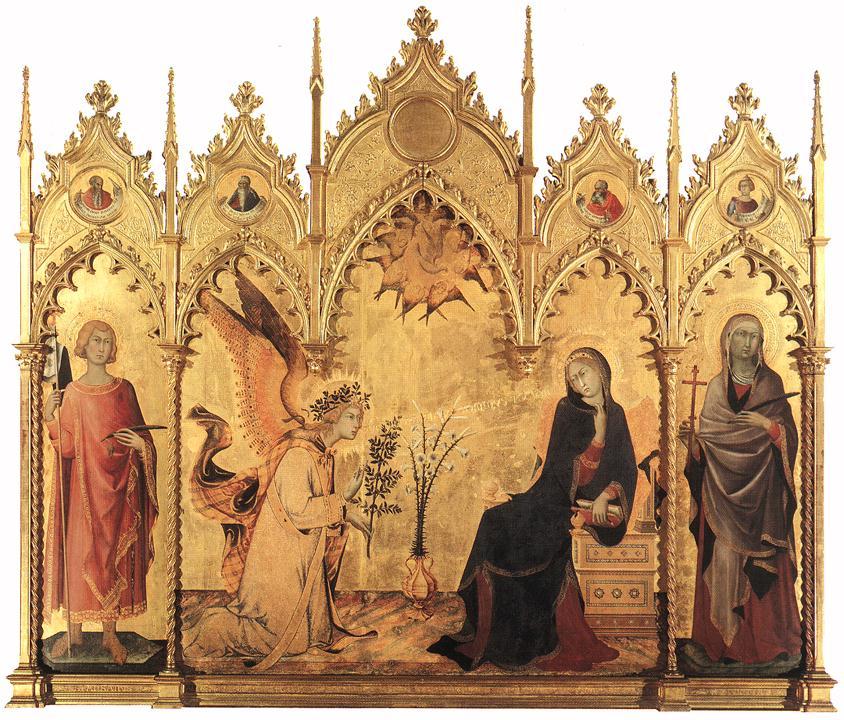British philosopher Roger Scruton (1944–2020) was a defender of beauty and traditional art throughout his long writing career. In his book “Beauty: A Very Short Introduction,” Scruton guides the reader through the world of the beautiful: from art to architecture to nature to even the simple pleasures of everyday acts, such as eating.
He writes that “we discern beauty in concrete objects and abstract ideas, in works of nature and works of art, in things, animals, and people, in objects, qualities and actions.” Scruton elegantly imparts that art has to contain the notion of goodness and harmony, as opposed to chaos, which turns art into politics. For Scruton, art is not subjective and, most certainly, not everything can be defined as art. This is why intellectual distinctions are necessary.



